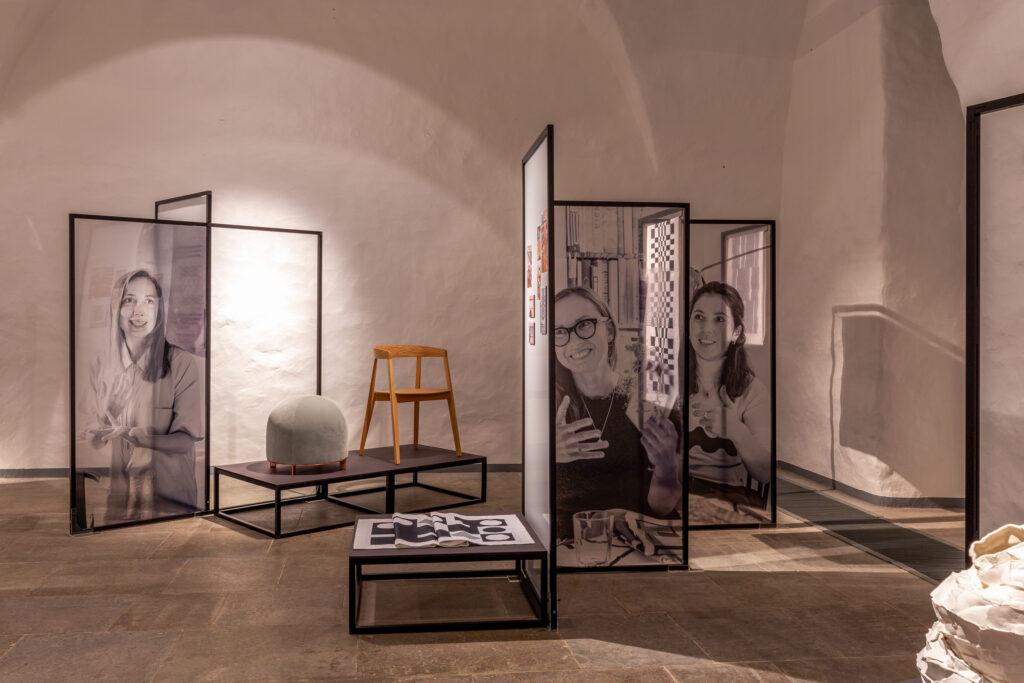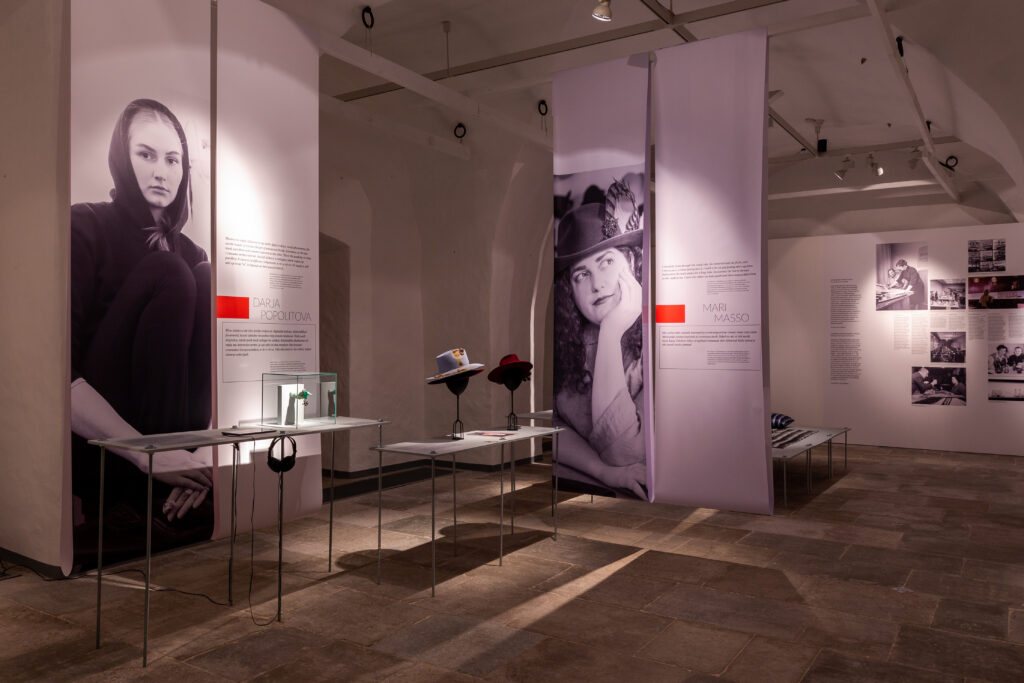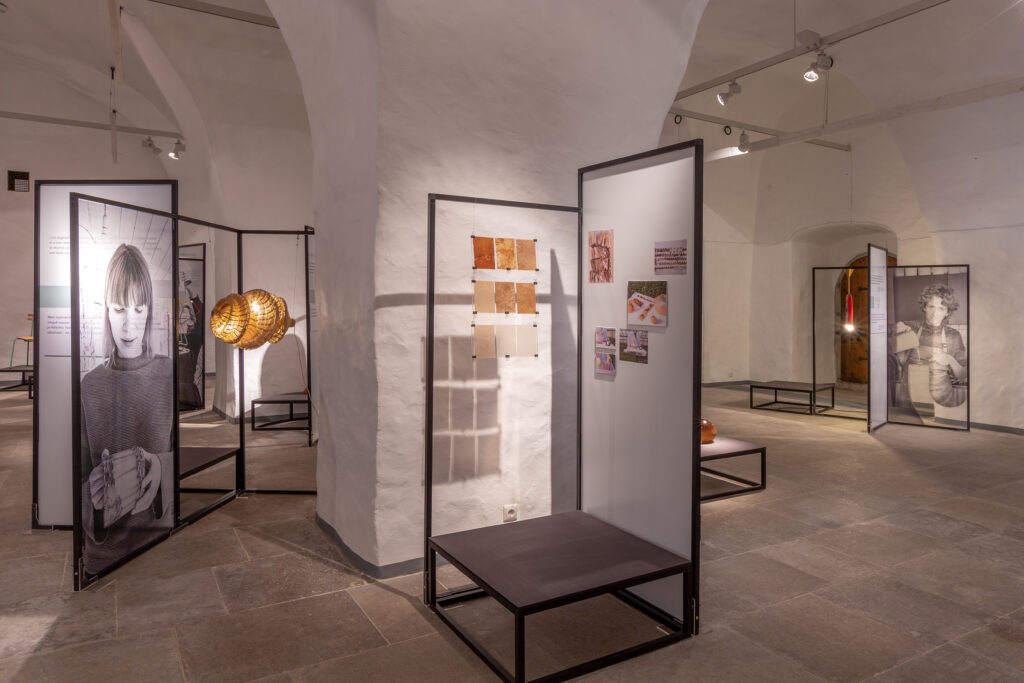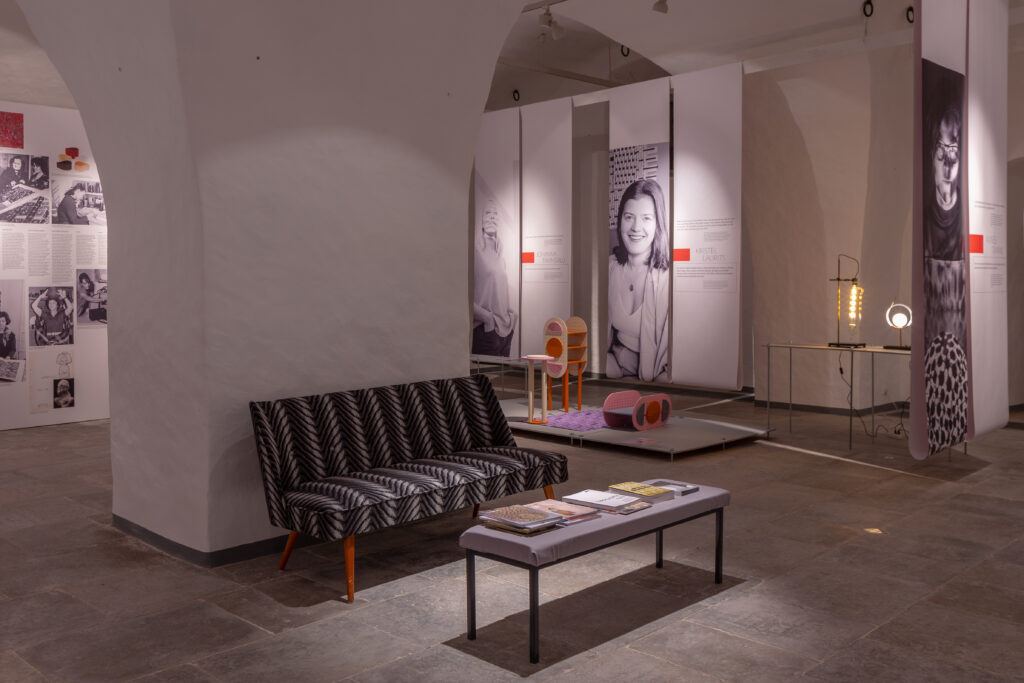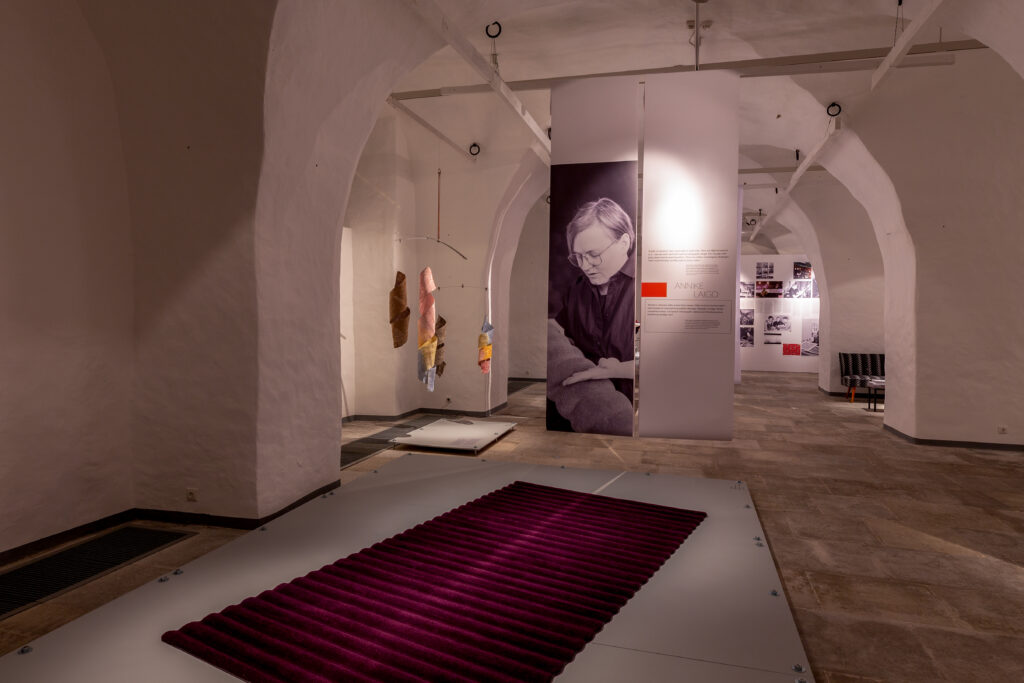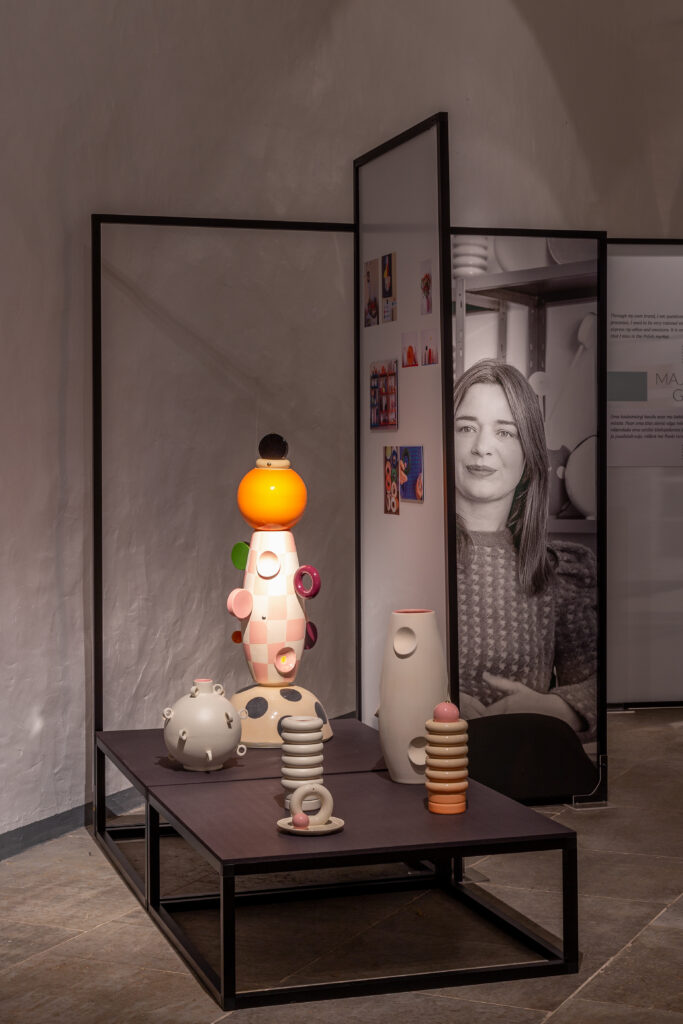Archive
Looking Through Objects. Women in Contemporary Polish Design. Accompanying exhibition: Women in Contemporary Estonian Design
17.06.-25.09.2022
Ground floor hall
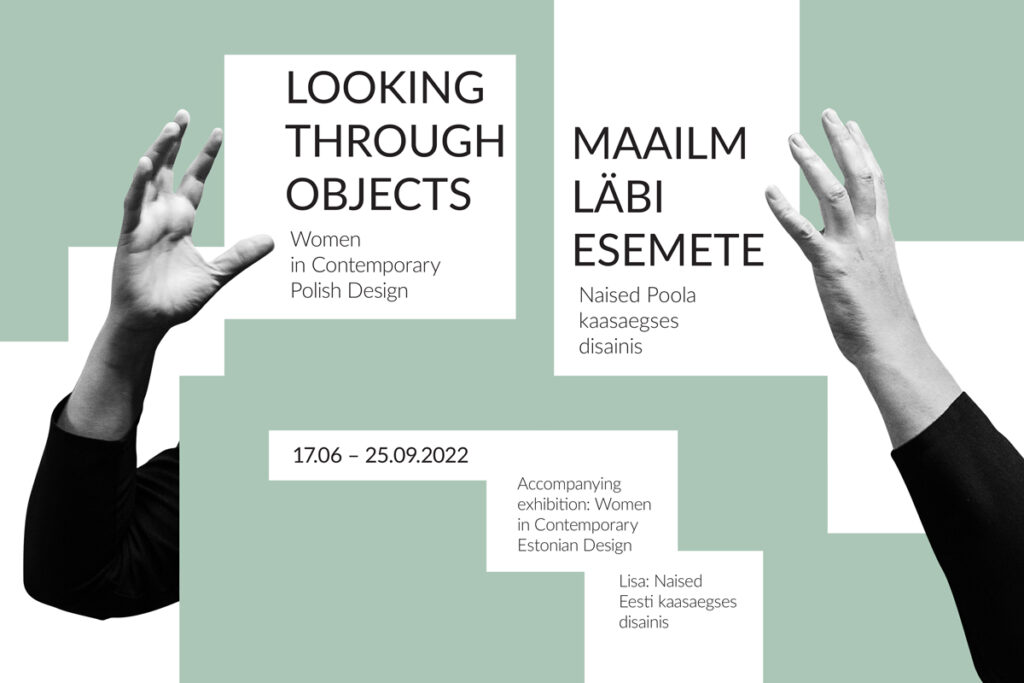
Design is a discipline located at the junction of art, craf tand industry. From this vantage point, over time, design has mirrored cultural, societal and economic change. Women’s influence and contributions to these transformations have been growing. They play roles of active protagonists, independent players and thinkers, rather than muses and supporters. Over the last decade, mindfulness and holistic thinking have become essential characteristics of design processes, more than the spectacular, short-term performance qualities of design that we have seen in the past.
The narrative of Looking Through Objects focuses on women, Polish designers, acting locally and internationally. The starting point is a curated selection of design objects, which offer an insight into the ongoing transformations taking place in Poland. Undoubtedly, Polish designers have become integrated into the European scene without the traditional ‘Eastern European’ or ‘Central European’ designer pretixes. As recently as 10 years ago Poland was still just a subcontractor for the leading design brands. It didn’t exist as a design brand in itself. Today it is recognised as a strategic, design and business partner, which combines genuine craftsmanship, design quality, and reasonable prices. We focused on sixteen female designers and objects, which they designed. We met each of them on several occasions and discussed inspirations and processes, individual strategies and approaches to the material. We wanted to understand their influence and their contribution to change. We already knew that Poland has had a long-lasting yet untold history of female designers, who stand behind crucial events and influenced design movements and growth.
By looking through objects we can learn about countries and societies, but we can also learn the individual stories of designers. The items on display belong to different categories; from serial industrial production to individual unique design. The approach of the designers also differs from brief, driven and pragmatic processes to artistic, intuitive research or even a search to find a space for creative freedom. Some designers are makers; others instead manage production processes; others are problem solvers, and still others spectators. Sometimes artistic processes drive serial industrial production and sometimes quite the opposite. The diversity of these creative approaches tells us that each discipline is interconnected with the others, and that they are all able to co-exist simultaneously in one project. Design is a catalyst for art, crafts, and industry to manifest the individual creative choices of the author.
Polish exposition:
Curators: Agnieszka Jacobson-Cielecka, Gian Luca Amadei, Dario Lombardi
Exhibition design: Dominika Janicka
Graphic design: Kasia Kubicka
Eesti exposition:
Curator: Triin Jerlei
Exhibition design:: Maria Pukk, Ivar Lubjak / Oaas Arhitektid
Graphic design: Indrek Sirkel
The design uses exhibition modules developed by the architecture bureau 3+1.
Supported by: Cultural Endowment of Estonia
Gallery
Photos by Mari Volens

